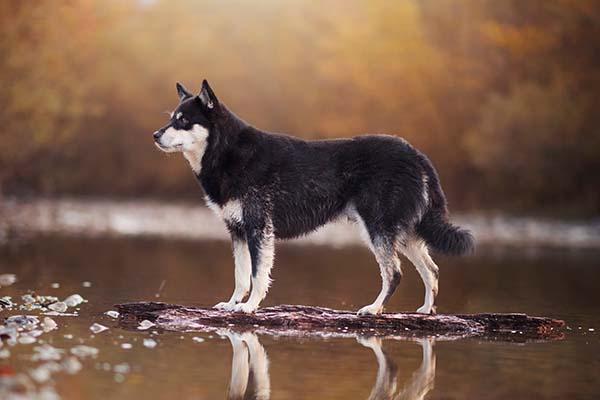The Lapponian Herder is a medium-sized dog with a medium coat, making it ideal for any experienced dog owner. They are a beautiful, well-rounded, and diverse canine breed that is ready to solve any challenge that comes their way. They can adapt to most living situations as long as they are given tasks to complete. This breed is available in a variety of colors, including grey-brown, black with lighter undercoats, and white or tan markings. They are reserved among strangers but devoted to their people.
The Lapponian Herder is a free-spirited breed. They are quite bright and, on the whole, eager to please. They thrive in many other canine sports outside herding because they are a high-energy herding breed. Its love of hard effort makes it an excellent breed for any competitive and enjoyable event. Because of their herding mentality, early socialization is essential, and they flourish when given a task. Despite his eagerness to serve, the Lapponian Herder is highly noisy and frequently barks while working.





 Health
Health Grooming
Grooming Exercise
Exercise Training
Training Nutrition
Nutrition